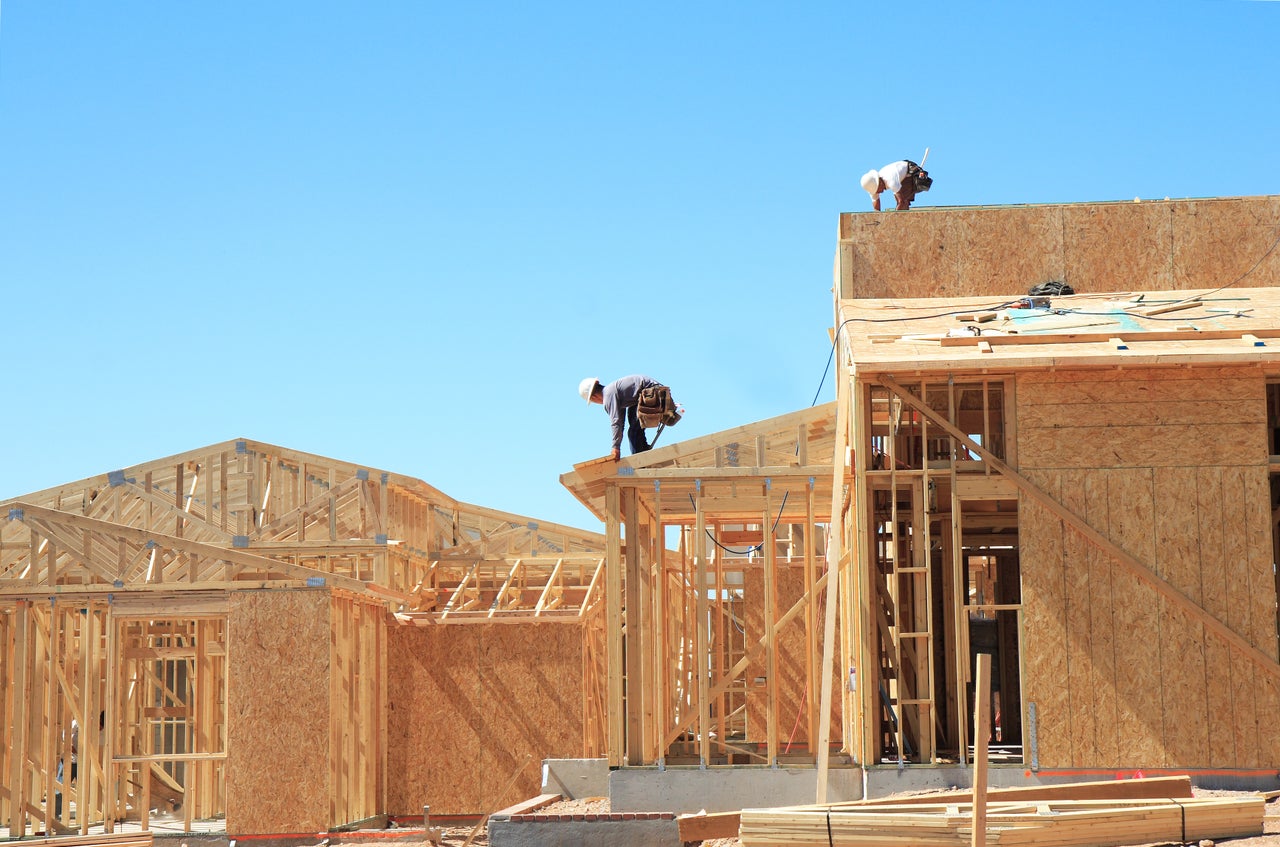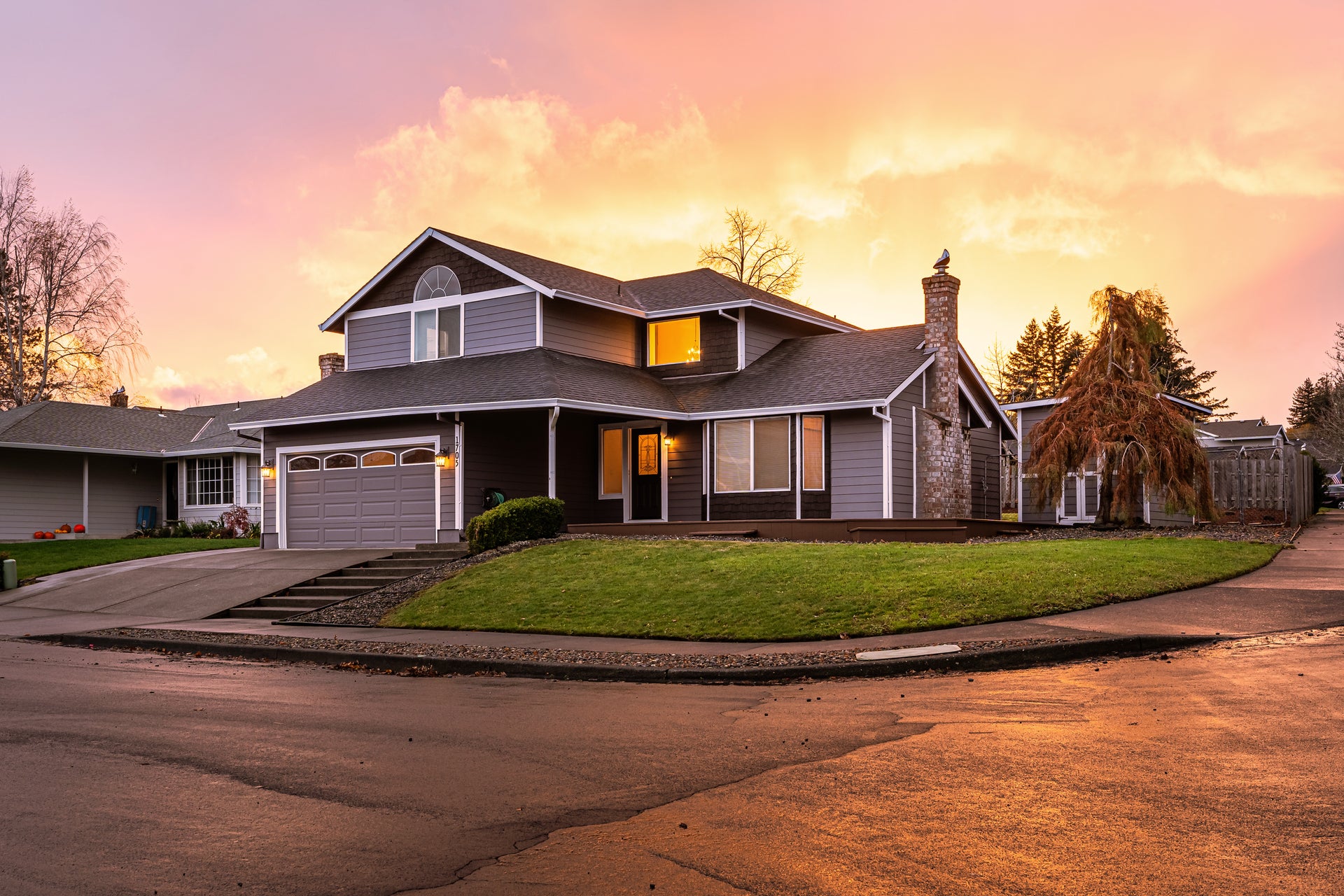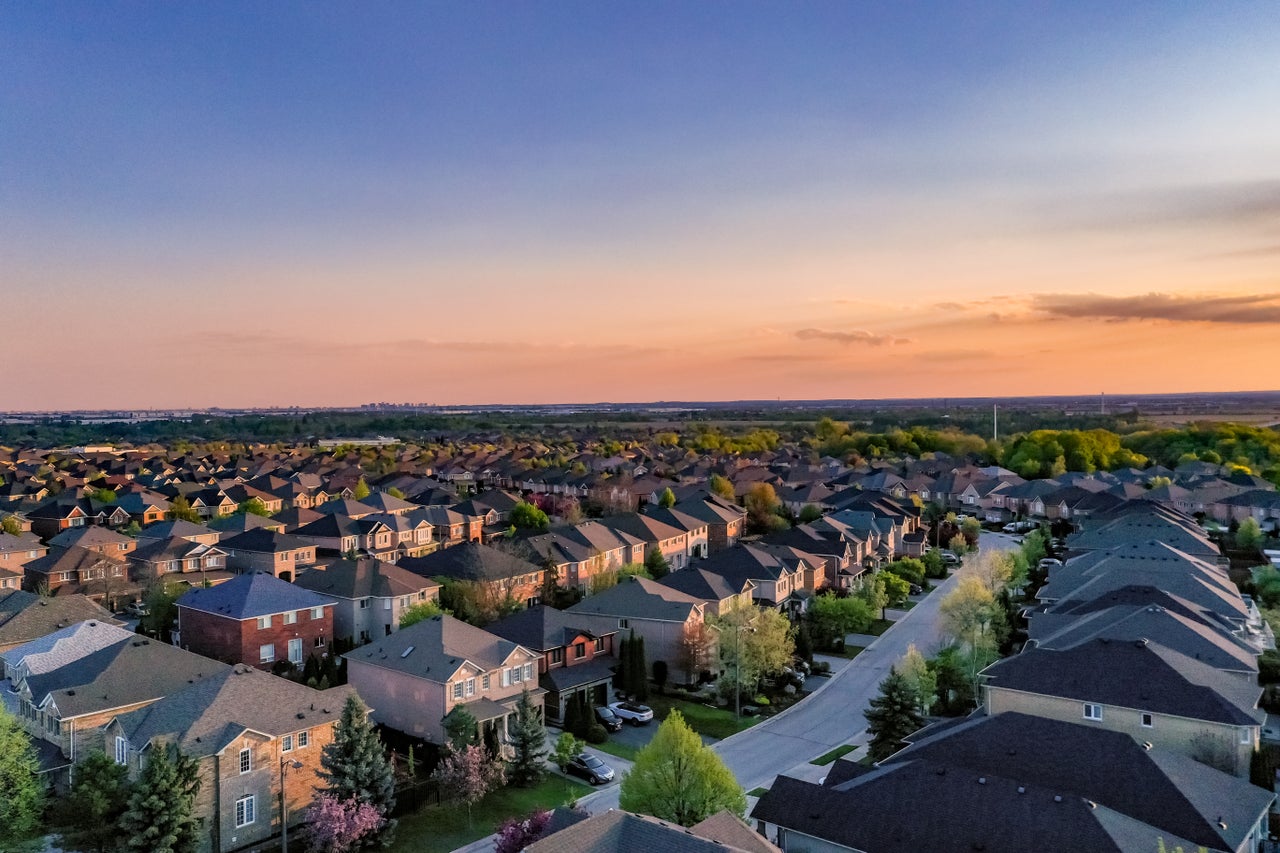Overview
Although the housing market showed signs of growth this spring, they were short lived, and further improvements to the market this year may be challenging.
- March’s lower mortgage rates increased pending sales activity by about 12% year over year.
- Year-over-year price growth dipped to 2.5% in March 2025.
- Alaska and West Virginia came onto the map as two of the top 5 states with the highest year-over-year price growth.

National home price growth
March 2025 data
Source: Cotality
Affordability meter
Source: Cotality
Insights from Chief Economist Selma Hepp
Consumer concerns about personal finances, job prospects, and potential tariff impacts put the brakes on a housing market that was already slow to warm up this spring. Annual price increases ticked down slightly from 2.9% in February to 2.5% in March.
Nevertheless, the national median home price continues to creep up as markets in the Northeast keep posting notable price growth. Rhode Island, Connecticut, and New Jersey all saw year-over-year price growth at or above 7%. This remains in stark contrast to western states like Utah and Idaho where prices dropped 2.1% and 2.2%, respectively.
"While national home price growth continues the expected slowdown, some markets are proving resilient despite the resurgence of mortgage rates and general trepidation among homebuyers. This trend is especially apparent in the Northeast and Midwest where the severe lack of inventory is helping prop up home prices, but where home prices tend to remain in a more affordable range of around $230,000," said Cotality’s Chief Economist Selma Hepp.
Georgia saw home prices in the state reach new records in March. This could continue as more people move to southern states surrounding Florida. Analysis from Cotality’s Office of the Chief Economist reveals that several markets in the state are seeing price declines — the state overall saw -0.3% price appreciation in March — and Winter Haven, FL is one of the top five most at-risk markets in the country. Still, Florida remains the twelfth most expensive state with the median home price sitting at $395,000.

Top 10 hottest markets
Source: Cotality
Top 10 coolest markets
Source: Cotality
Which areas are affordable?
Tracking the top 5 highest and lowest U.S. median sales prices
Source: Cotality
Markets to watch
Tracking markets with a very high risk of price decline in the top 100 CBSAs
Source: Cotality
High-risk market home price trends
Source: Cotality
















.jpg)
